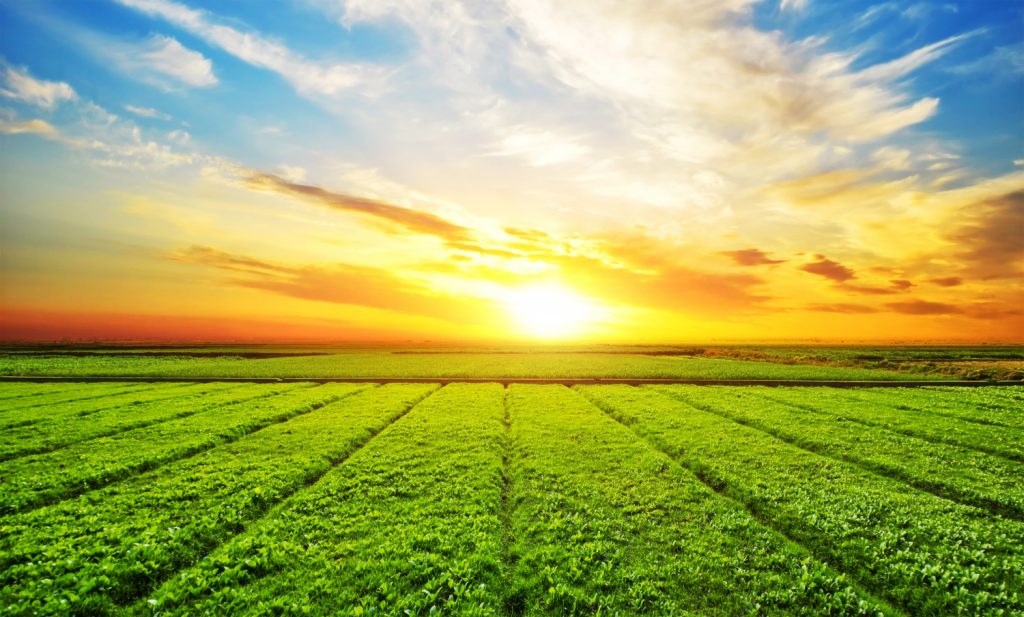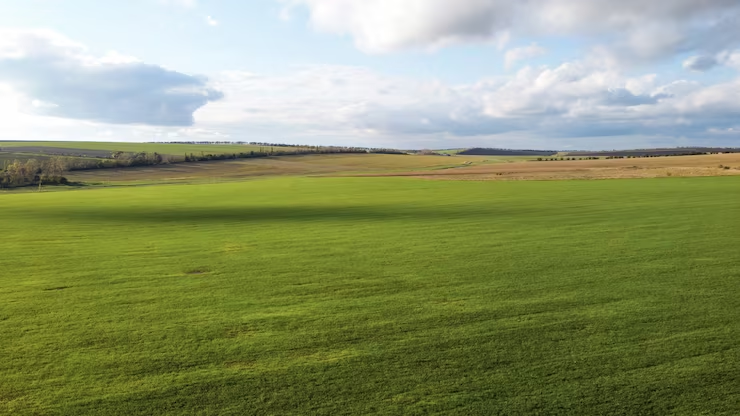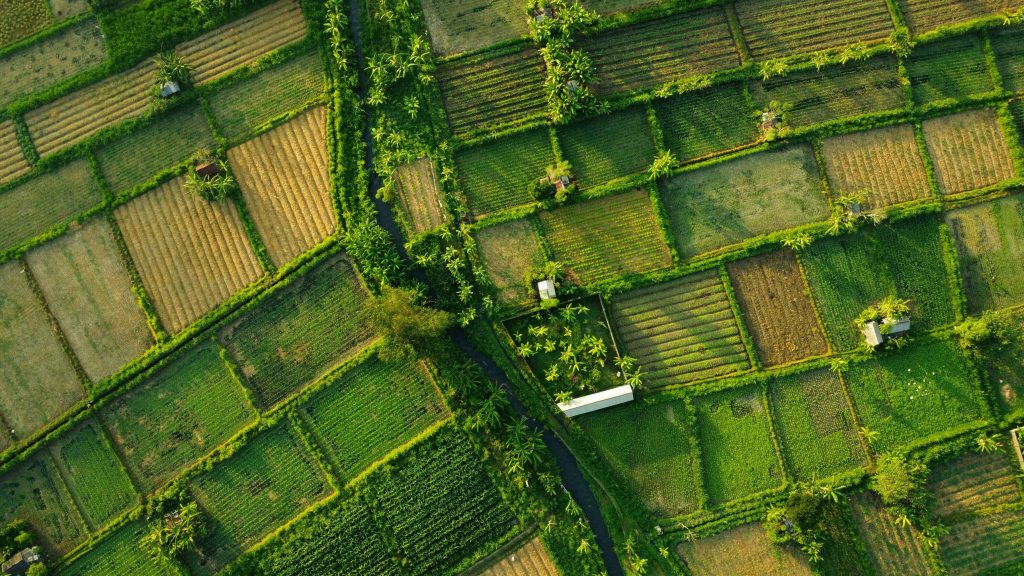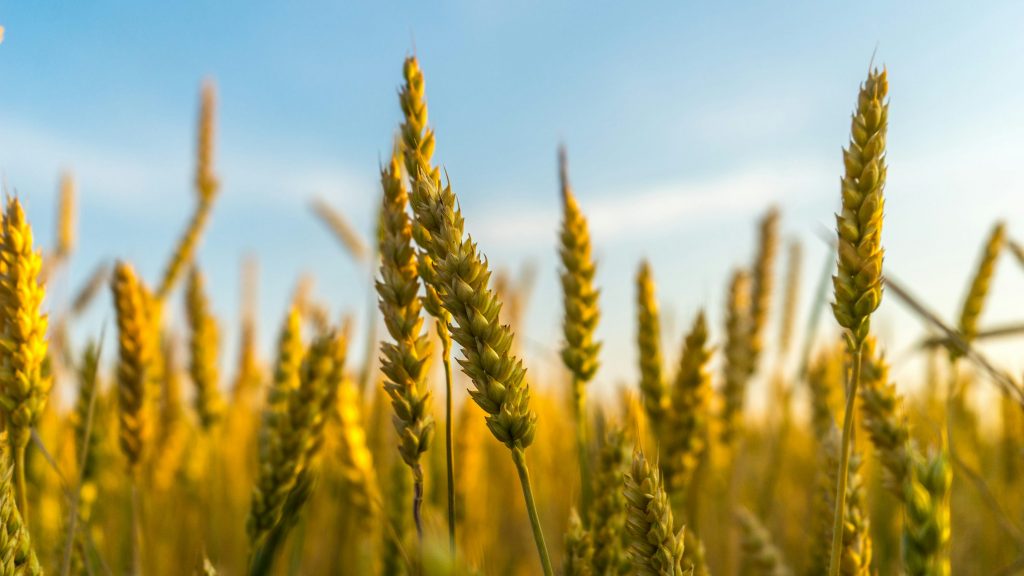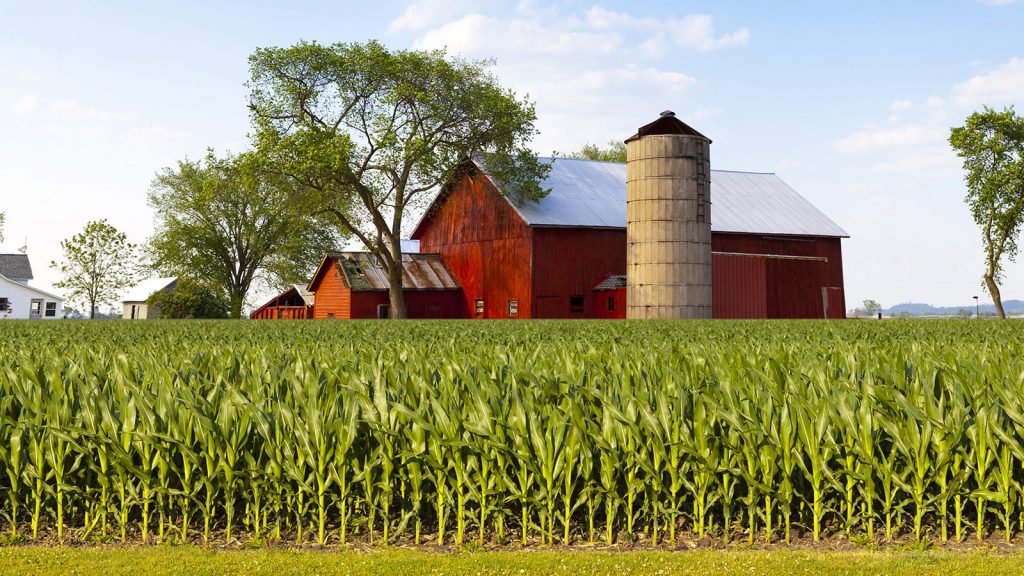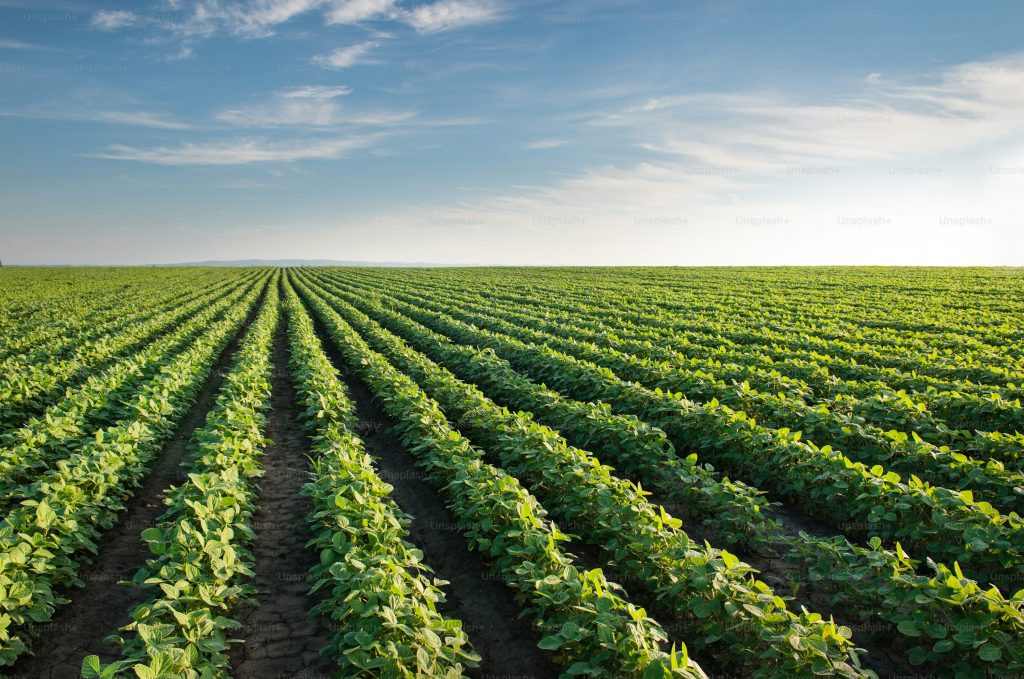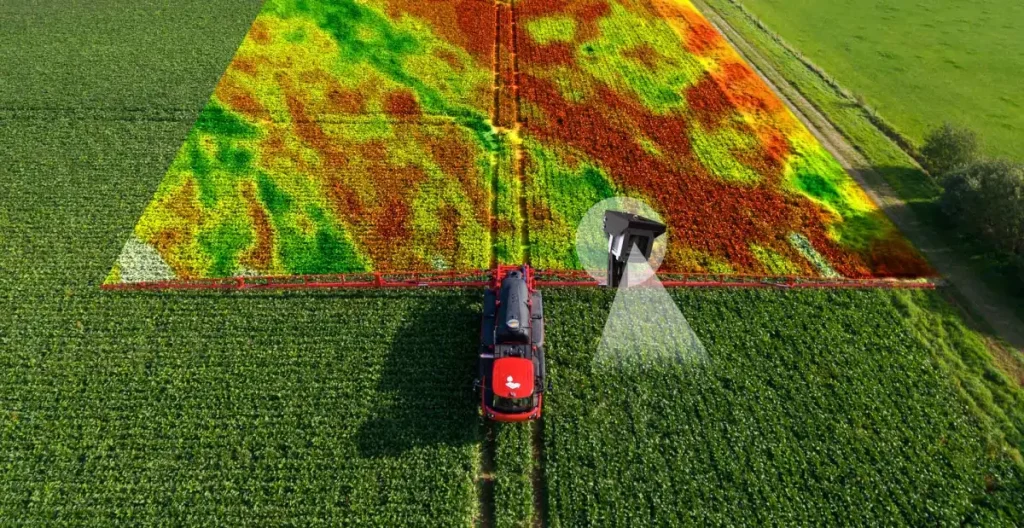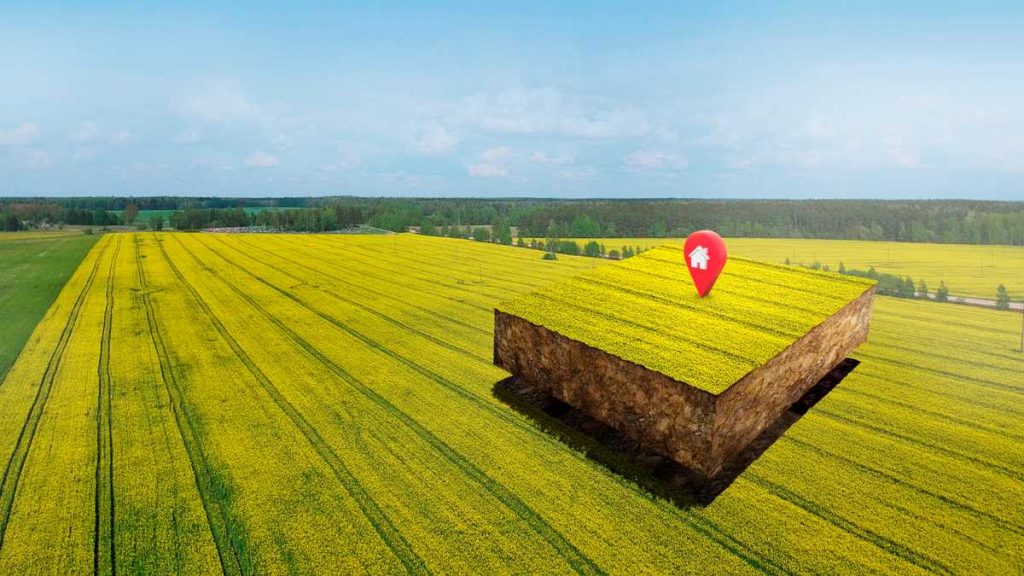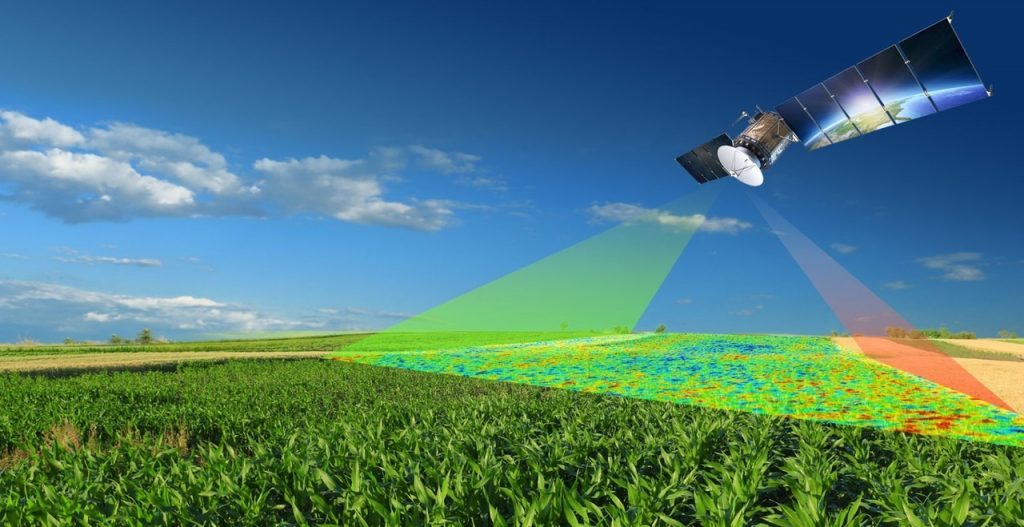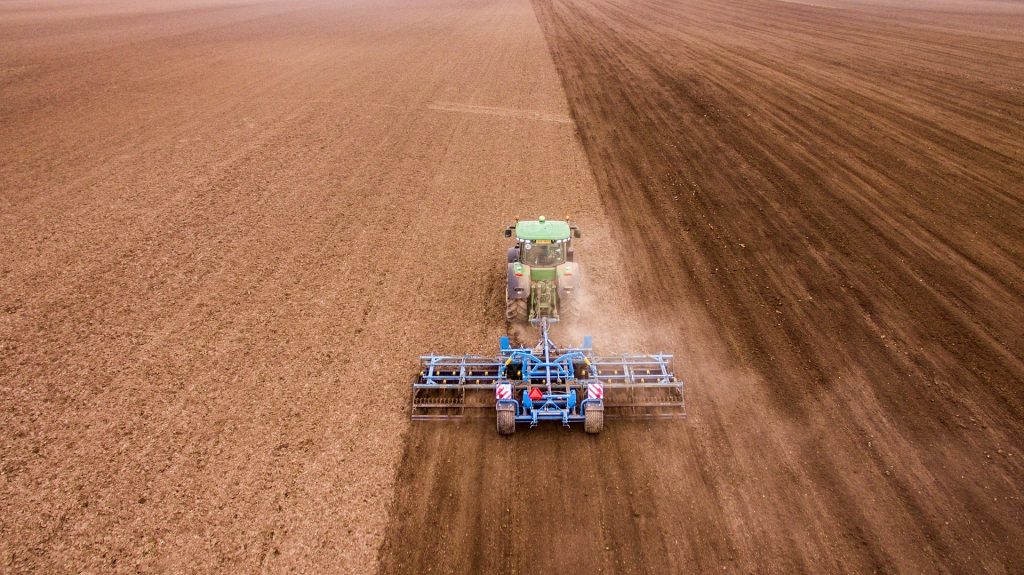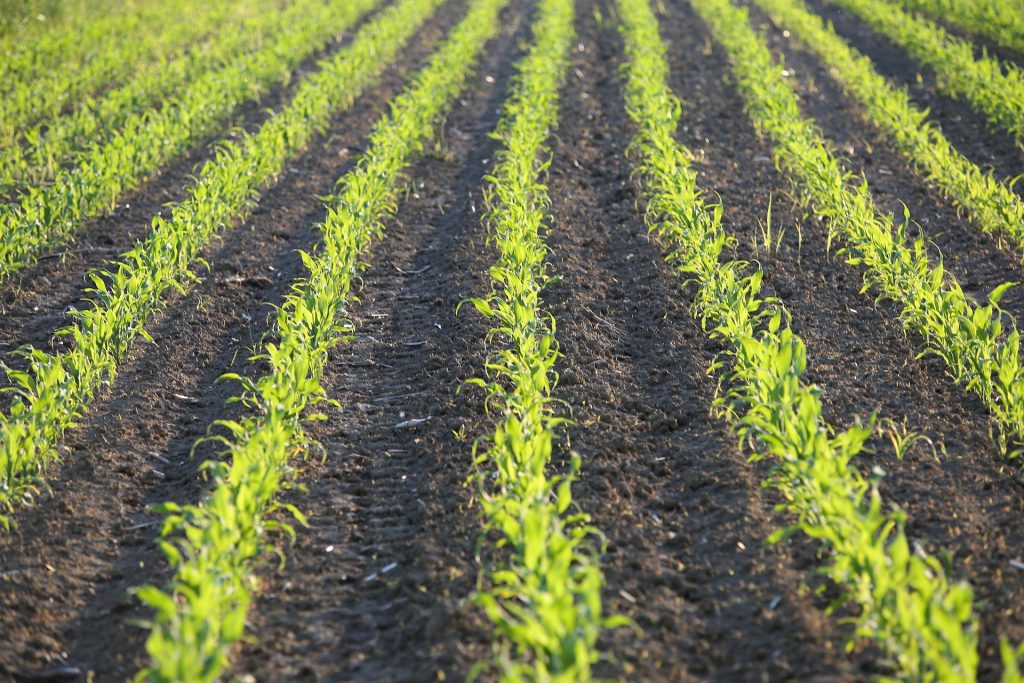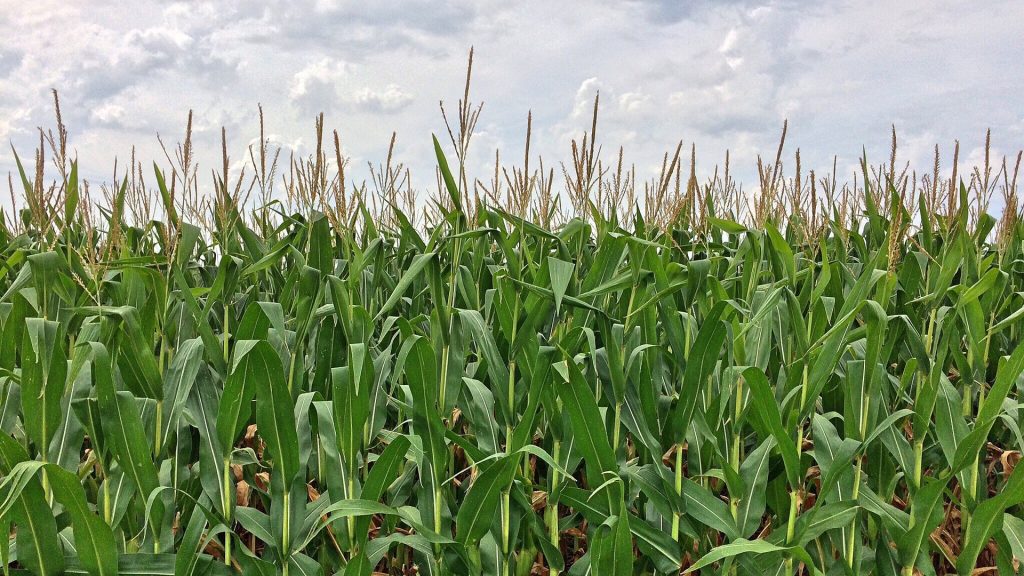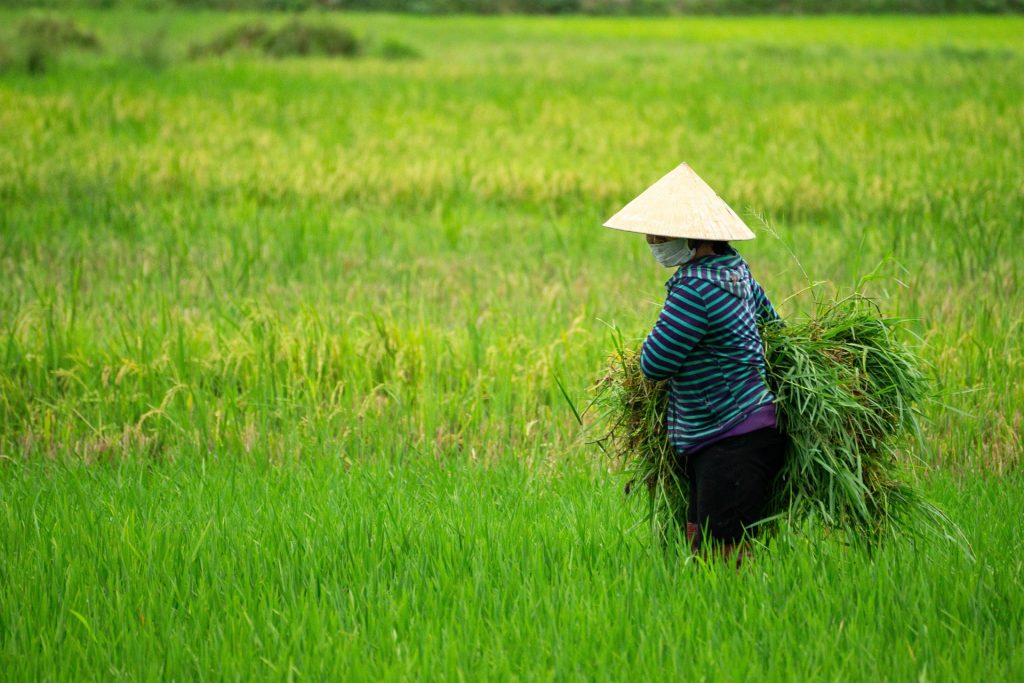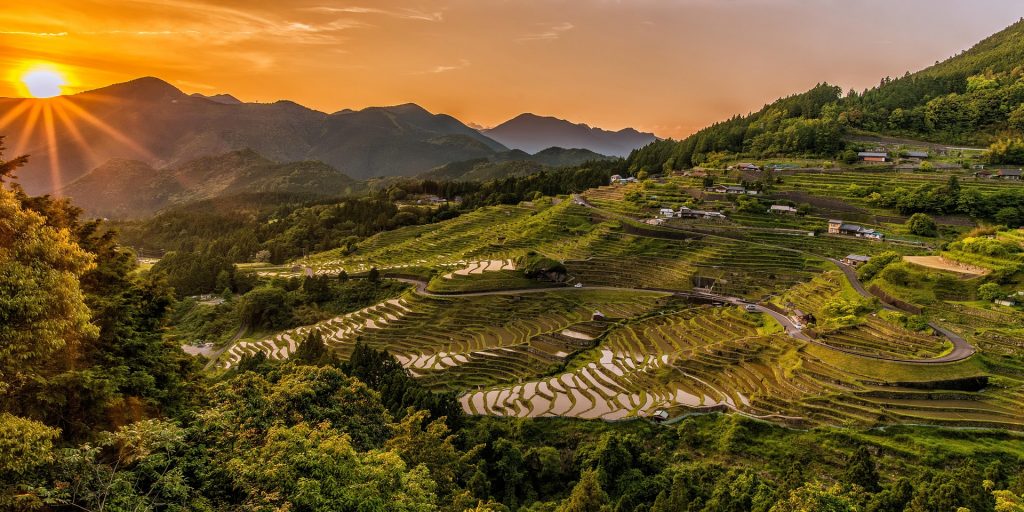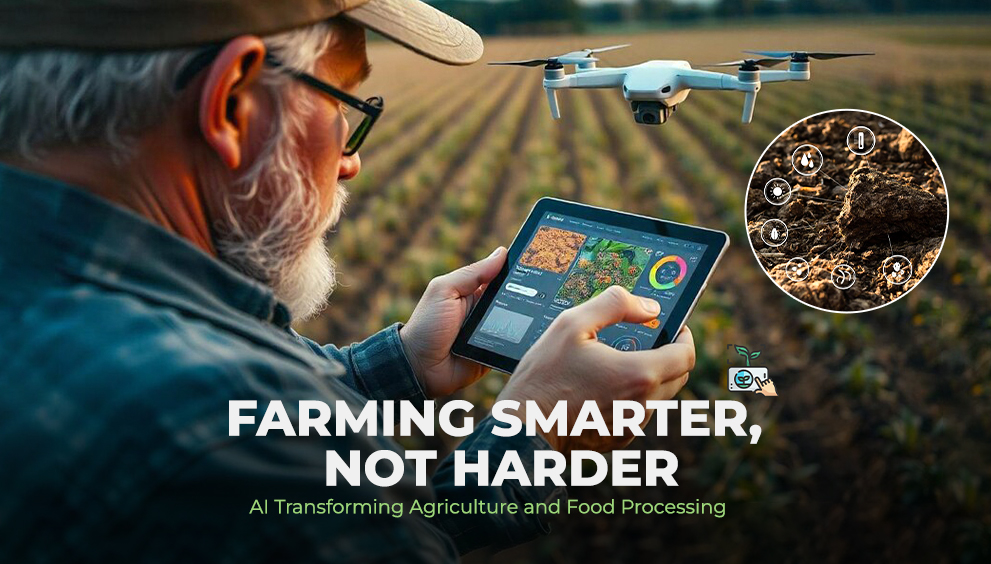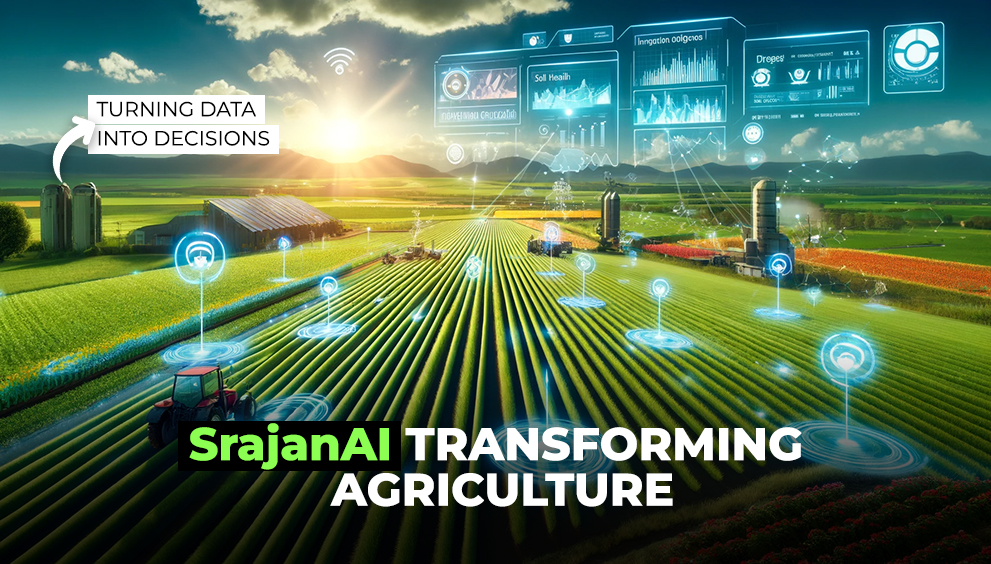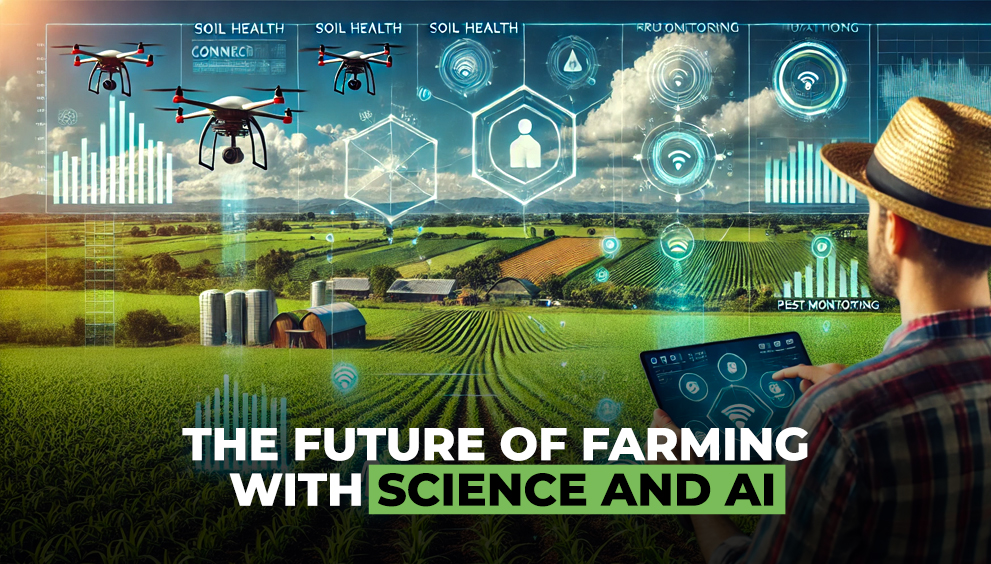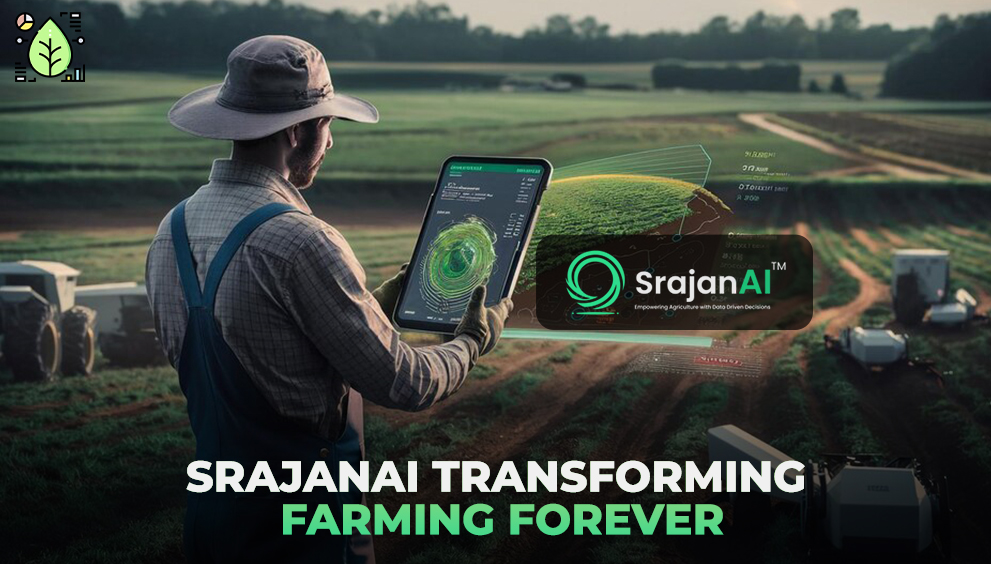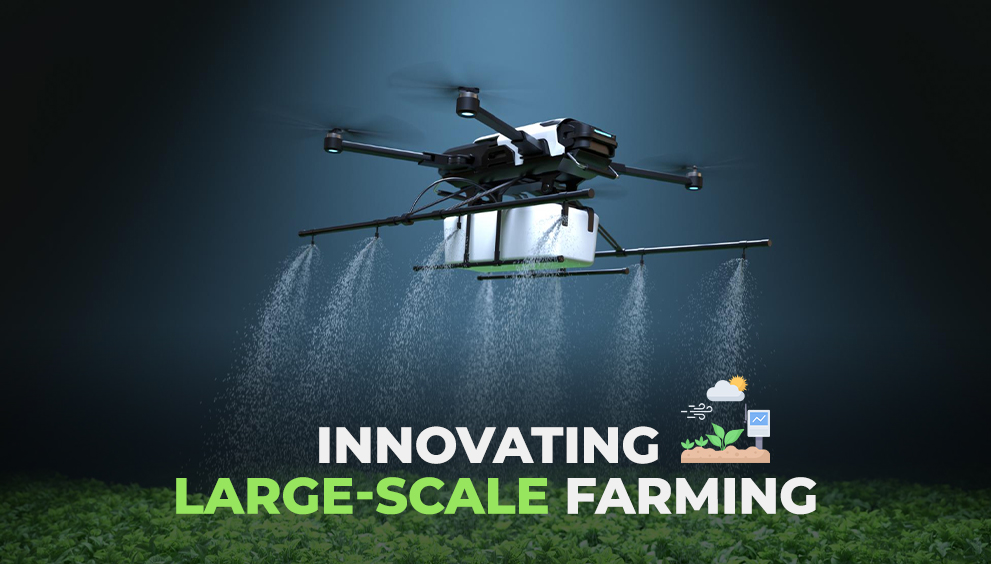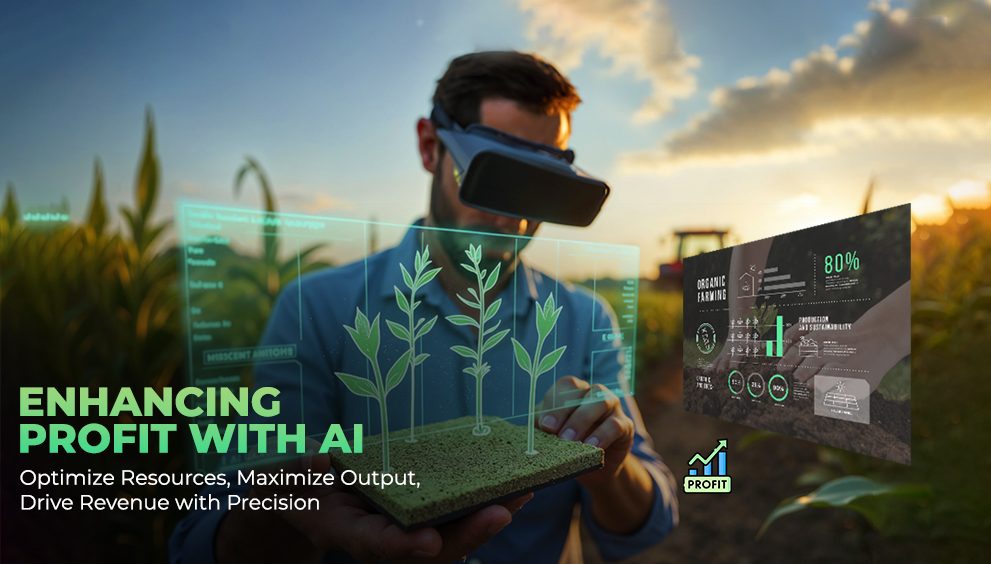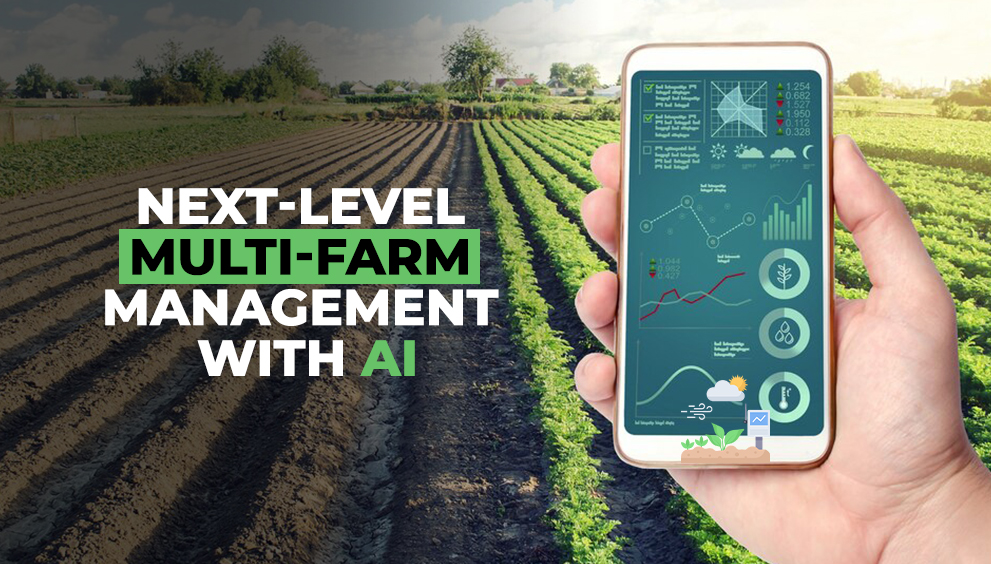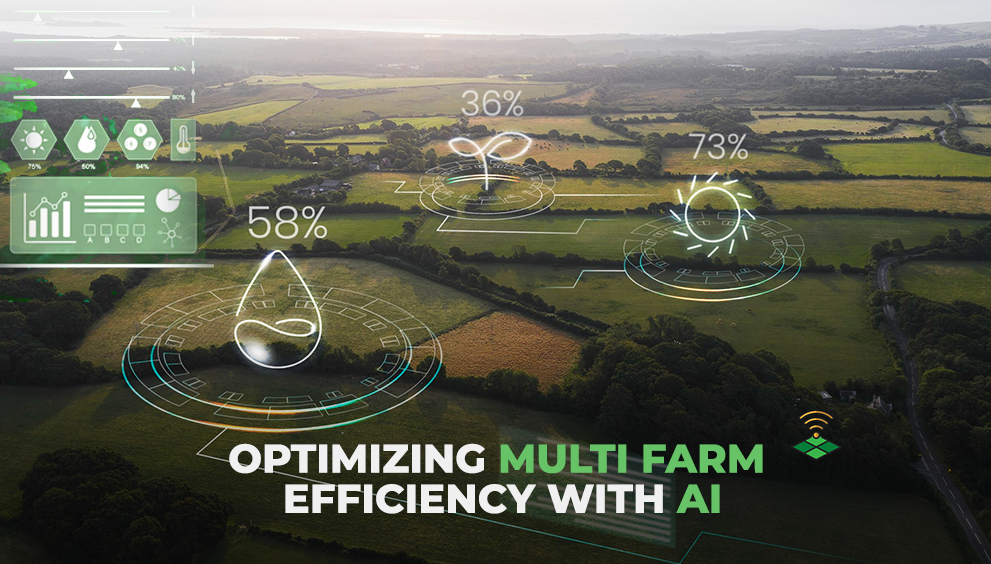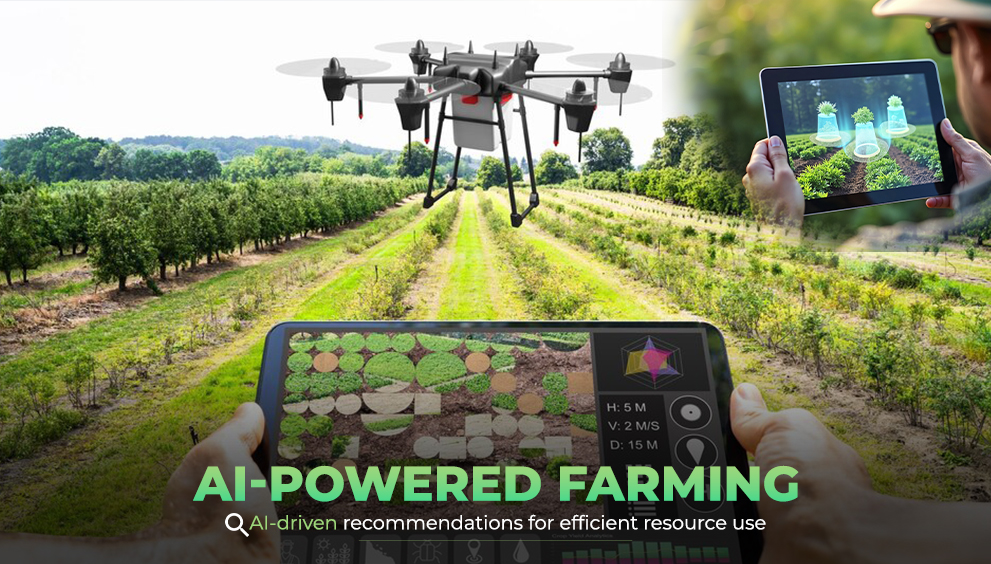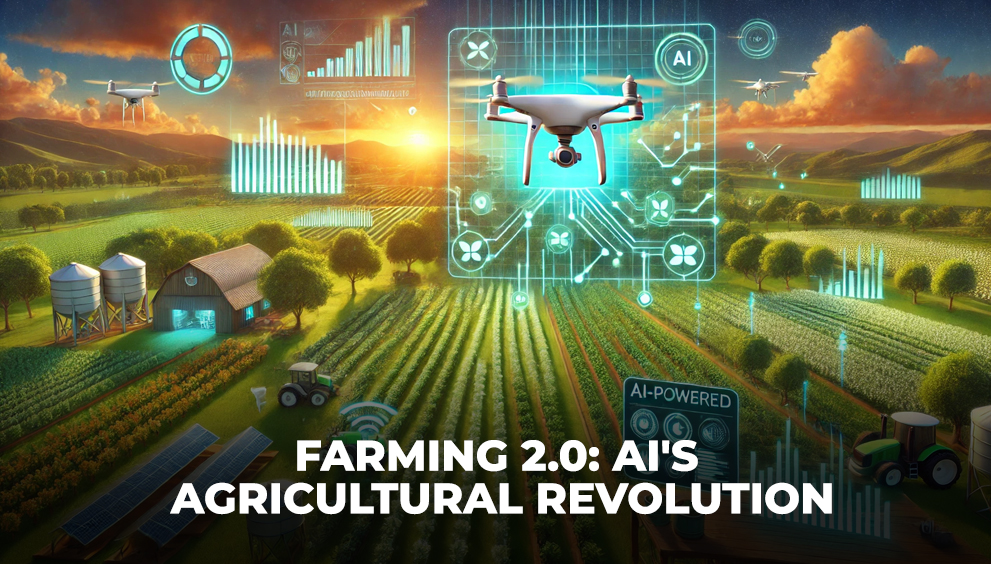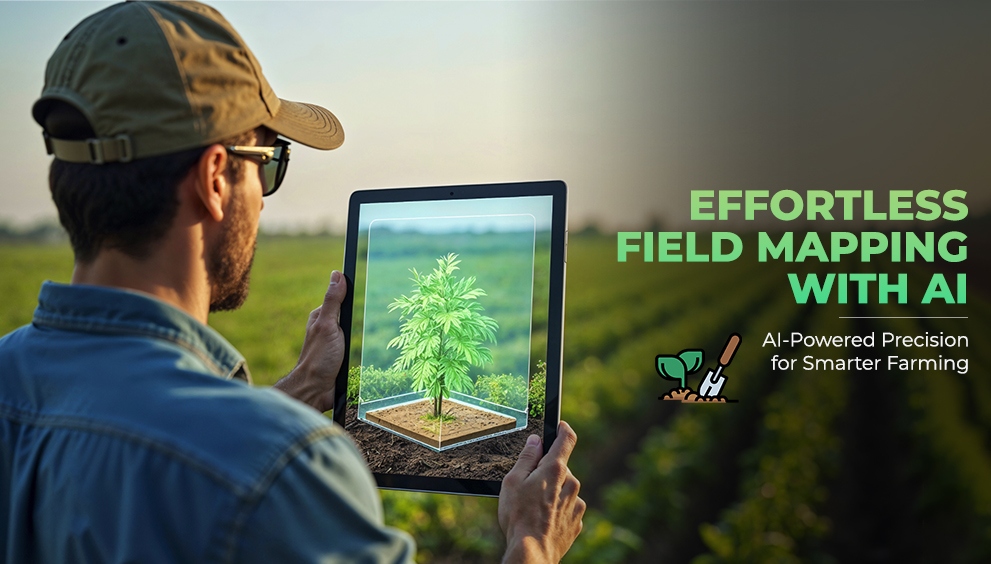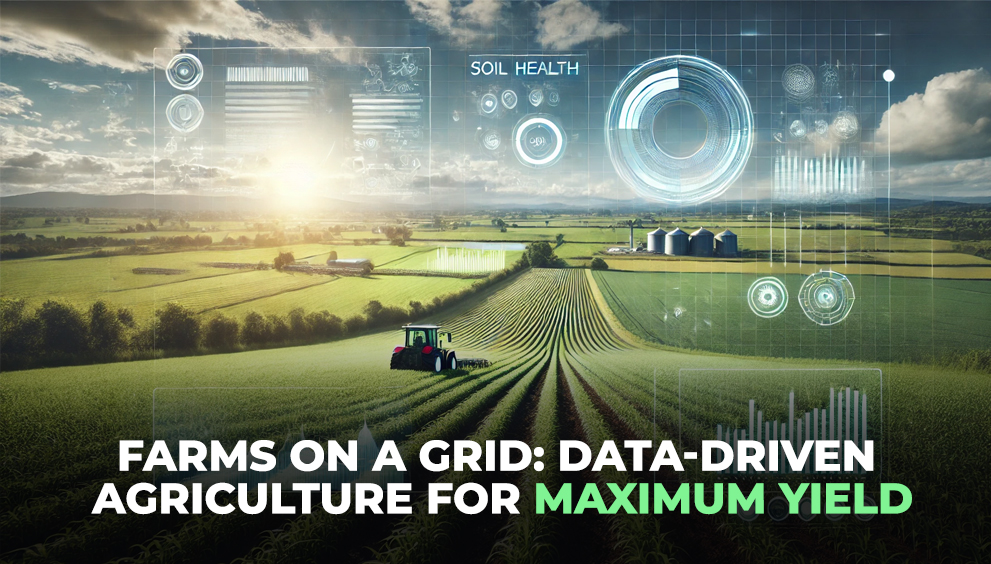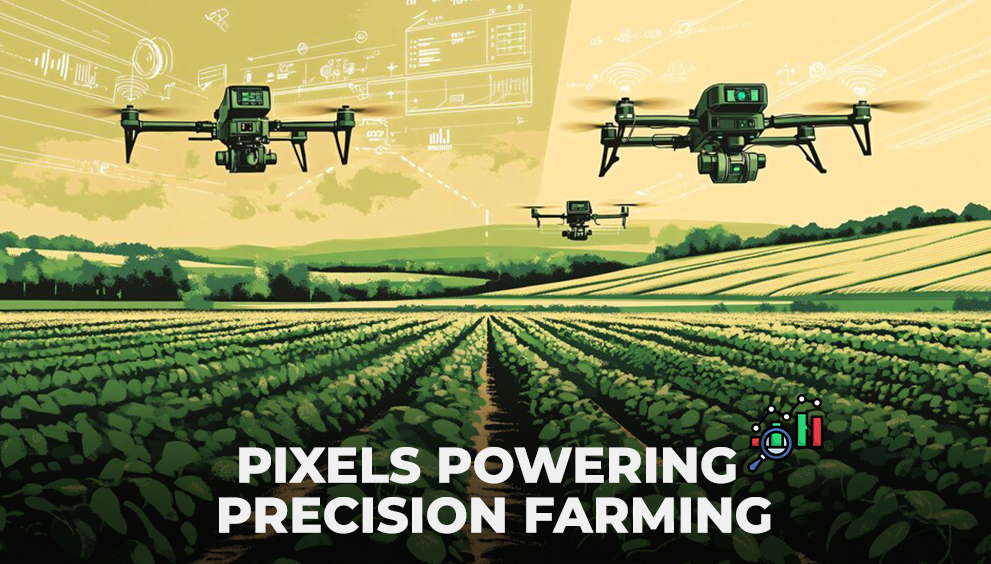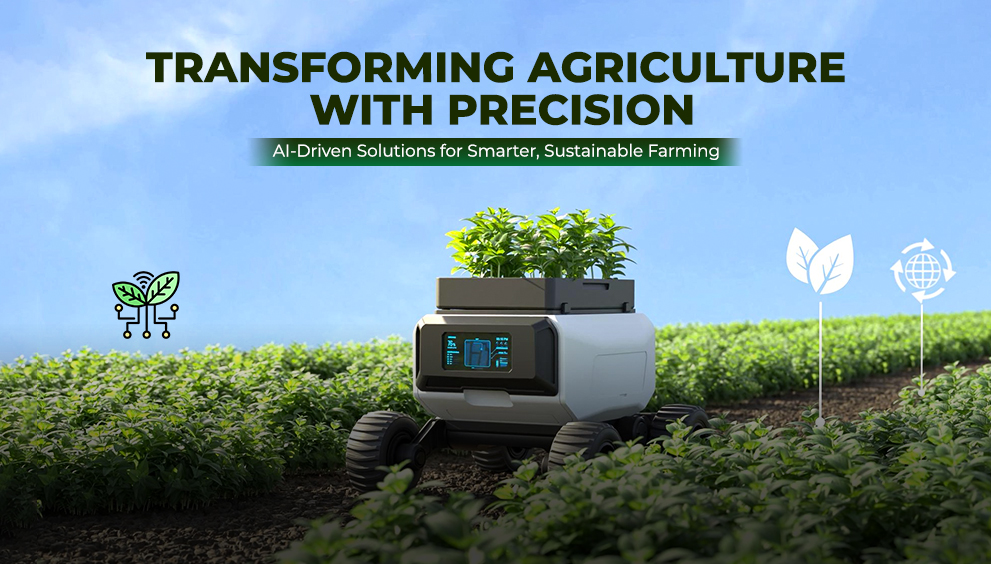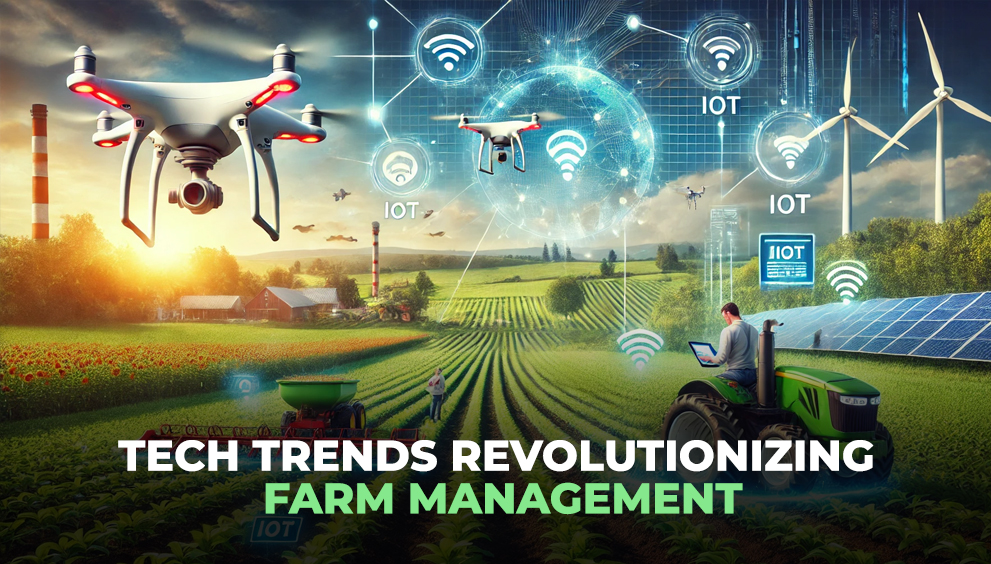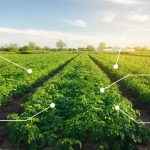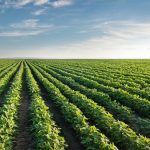What Happens When Technology Meets Agriculture
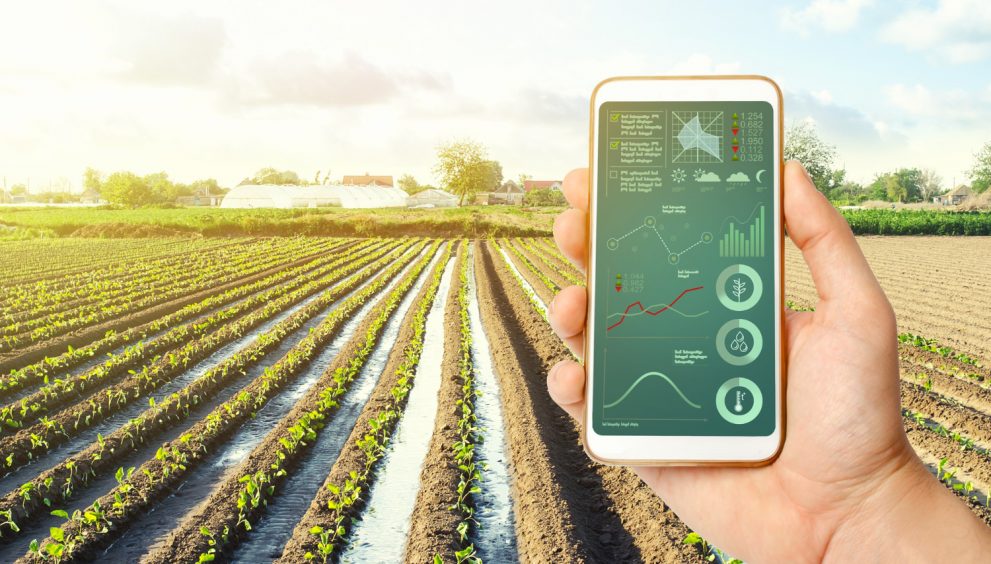
AI Makes Sense of the Field
For most of human history, agriculture has been deeply manual — dependent on intuition, labor, and weather patterns. But in the last decade, something remarkable has happened. Technology has entered the farm gate, not as a disruption, but as a powerful enabler of precision, efficiency, and scale.
Today, the fusion of satellite data, AI, IoT, and GIS is transforming not just how we grow food, but how we monitor, predict, and manage every inch of farmland — whether it’s a 5-acre plot or a multi-state sourcing network.
So, what really happens when technology meets agriculture? Let’s unpack the transformation.
🌍 A New Era of Visibility: Monitoring Farms from Space
One of the most significant changes has been the rise of remote sensing and satellite-based monitoring. Platforms powered by Sentinel, Landsat, and commercial satellites now allow organizations to:
- Track crop growth in real time
- Detect stress early through vegetation indices (NDVI, NDRE)
- Compare farm performance across regions
- Map boundaries, estimate area, and visualize productivity zones
This means what once required manual field visits and paperwork is now visible from a screen — daily, weekly, or seasonally. Whether you’re managing 10 farms or 10,000, this level of visibility is revolutionary.
🧠 From Data to Intelligence: AI Makes Sense of the Field
Data alone doesn’t solve problems — interpretation does. That’s where AI and machine learning come in.
Modern agri-tech platforms now use AI to:
- Predict yield based on vegetation patterns and historical trends
- Detect pest outbreaks using anomalies in plant health and weather forecasts
- Forecast drought or moisture stress before damage occurs
- Classify risk zones and prioritize intervention areas
For example, a drop in NDVI may not mean drought — it could be delayed sowing or pest infestation. AI helps differentiate these issues by combining satellite imagery, local weather, and crop calendars to give more accurate, context-rich insights.
🚜 Precision Decisions, Not Just Precision Tools
Technology enables more than fancy sensors — it enables smarter decision-making.
In conventional agriculture, fertilizer and irrigation are often applied uniformly. But with tools like zonal mapping, crop health scoring, and yield prediction, you can:
- Apply inputs only where needed
- Reduce chemical overuse
- Increase yield with fewer resources
- Cut labor and water costs
This is the essence of precision agriculture — not just about gadgets, but about targeted, data-informed decisions that maximize both productivity and sustainability.
📊 Dashboards: Your Digital Farm Control Room
One of the biggest transformations brought by tech is the shift from spreadsheets to interactive dashboards. These dashboards bring together:
- Field boundaries
- Crop health maps
- Farm health scores
- Live alerts for pests or stress
- Yield forecasts
- Input usage trends
Whether you’re a sourcing manager, an agronomist, or a program head, you can monitor hundreds of farms from a single screen — filtered by district, crop, season, or risk level. Decisions that once took weeks now take minutes.
🤝 Farmer Support at Scale
Technology isn’t replacing the farmer — it’s empowering them.
Digital platforms allow farmer-facing organizations to:
- Share advisory via mobile dashboards
- Monitor adoption of best practices remotely
- Track improvements in yield or soil health over time
- Push localized recommendations based on crop stage and health
For example, if a cluster of farms shows poor NDVI in week 3 of growth, a field officer can visit only those plots — optimizing time and cost while delivering targeted support.
🌱 Sustainability Gets Measurable
In a world facing climate shocks, water stress, and degraded soils, sustainability isn’t optional — it’s mission-critical.
Technology makes it possible to:
- Track and reduce water and chemical inputs
- Monitor carbon sequestration or organic matter improvement
- Ensure compliance with sustainable sourcing standards
- Provide evidence-based reports to donors or certification bodies
Without tech, sustainability is a narrative. With it, it becomes measurable, reportable, and actionable.
🛰️ What Technology Looks Like in Action
Here’s what a technology-enabled agriculture operation might look like:
- A procurement head opens a dashboard showing live farm health scores across 500 sourcing farms.
- NDVI trends flag 32 farms with declining crop health.
- The system links these to predicted rainfall shortfalls in the last 10 days.
- Field agronomists are automatically alerted to visit only these farms.
- A pest alert is triggered for 4 farms based on regional pest risk models.
- All decisions are logged, tracked, and analyzed — in one digital space.
This is not the future. It’s happening right now with platforms like SrajanAI and others across the globe.
📈 Tech Adoption: From Corporate to Community
What’s exciting is that this technology isn’t just for large corporates. It’s now accessible to:
- NGOs and donor-backed agri programs
- Government schemes supporting smallholders
- FPOs and cooperatives aiming for traceability and consistency
- Exporters and contract farming setups needing field-level oversight
And as smartphone penetration, satellite coverage, and cloud platforms improve, so does digital inclusion in agriculture.
💡 So, What Really Happens?
When technology meets agriculture:
- Decision-making becomes faster, smarter, and more consistent
- Field teams become more effective and targeted
- Resource use becomes optimized and sustainable
- Program impact becomes visible and measurable
- Farmers receive better support, and crops reach their potential
Most importantly, it bridges the gap between what’s happening on the ground and what needs to be done next — not in hindsight, but in real time.
Final Thoughts: Farming, Reimagined
The intersection of agriculture and technology isn’t just an innovation — it’s a necessity. As climate risks rise and demand for food security grows, technology offers the tools we need to farm smarter, support more people, and build resilience from the soil up.
It’s not about replacing the farmer — it’s about giving them eyes in the sky, intelligence in their pocket, and insight at their fingertips.
The farm of the future? It’s already here — powered by technology, and growing smarter every season.

